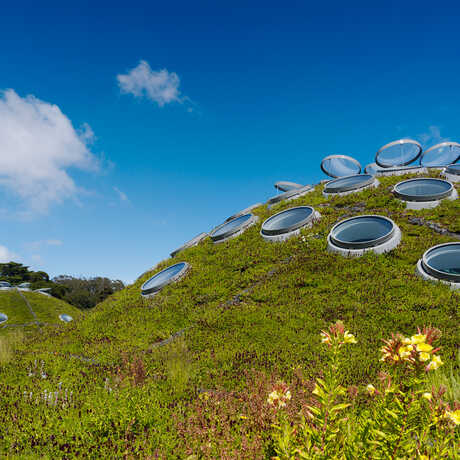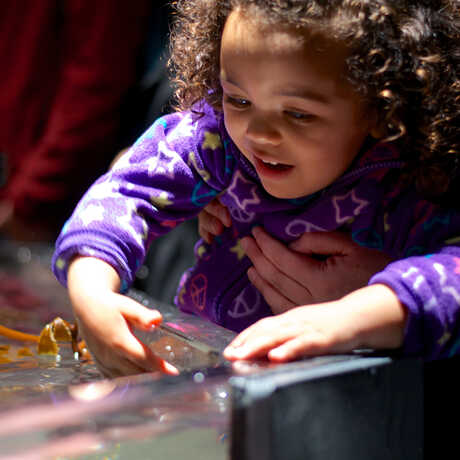Visit an aquarium, planetarium, rainforest, and natural history museum—all under one living roof.
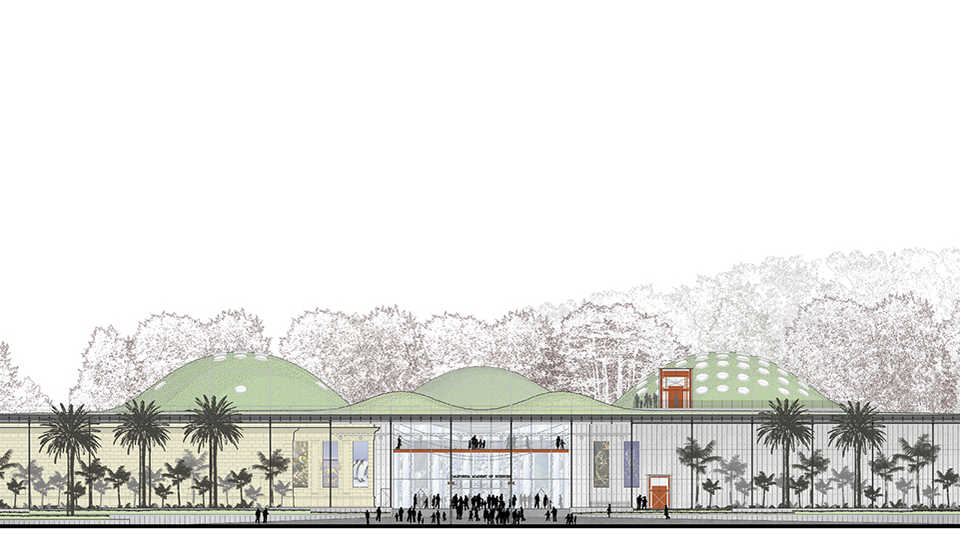
By any measure, Renzo Piano stands among the world's greatest architects. As the jury awarding him the 1998 Pritzker Prize wrote, “Piano achieves a rare melding of art, architecture, and engineering in a truly remarkable synthesis. He celebrates structure in a perfect union of technology and art.”
In rebuilding the Academy for the 21st century, our goals were lofty: to preserve the historical heritage of the current building while developing an innovative design that would reflect the beauty and interdependence of the natural world, with sensitivity to environmental issues related to protecting it. Piano was selected to design the Academy’s new home by a committee of Academy staff and trustees in large part because of the unique blend of creativity and sensitivity to the environment that he could bring to the project.
“I try to get at the fundamental emotion of a site,” says Piano. "This museum has always worked on three levels—displaying the collection, educating the public, researching the science. The spirit of this new building is to announce and enforce this complexity of function."
About the Architect
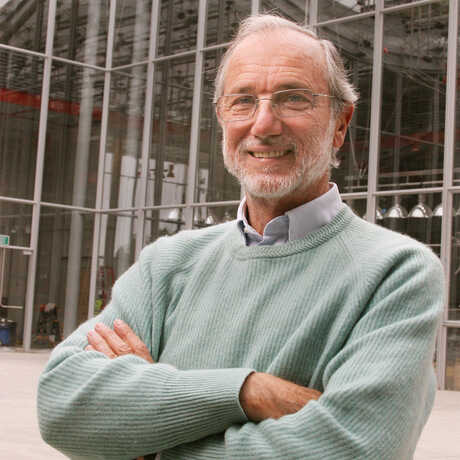
Renzo Piano is celebrated internationally for designs that combine inventive forms, natural materials, and abundant natural light to create buildings with an exceptional sensitivity to their environment. He is best known for important cultural projects, such as the Menil Collection in Houston (1982-87) and the Beyeler Foundation Museum in Basel (1994-97); and historical, civic projects, such as the Potsdamer Platz on the site of the former Berlin Wall. Piano has also completed numerous parks and residential projects.
His buildings are distinguished for the deep connection to their cultural context. They enrich the existing landscape through a synthesis of imaginative design and a keen understanding of place and history. A recent example of Piano’s sensitivity to the regional environment of his buildings is the Jean-Marie Tjibaou Cultural Center in Nouméa, New Caledonia, completed in 1998. After consultation with local advisors, Piano integrated regional materials, traditional construction methods, contemporary technology, and ecological design into an elegant structure that fits comfortably into the Melanesian culture.
Recent projects by the Renzo Piano Building Workshop include the High Museum of Art in Atlanta, GA; the Nasher Sculpture Garden in Dallas, TX; The New York Times building in New York City; the Harvard University Art Museums in Cambridge, MA; the Art Institute of Chicago, IL; the Paul Klee Museum in Bern, Switzerland; and the tower for London’s Bridge Station.
Piano was born into a builder’s family in Genoa on September 14, 1937, and graduated from the school of Architecture, Milan Polytechnic in 1964. As a student, he worked under the design guidance of Franco Albini. Between 1965 and 1970, Piano worked with Louis I. Kahn in Philadelphia and Z.S. Makowsky in London. During this period he met Jean Prouvé, a friendship which was to have a profound influence on his work. Piano collaborated with Richard Rogers on the design and construction of the Centre Pompidou in Paris (Piano & Rogers) from 1971-77. Following several years of partnership with Peter Rice (Atelier Piano & Rice), Piano set up the Renzo Piano Building Workshop with offices in Genoa, Paris, and New
The Building Team
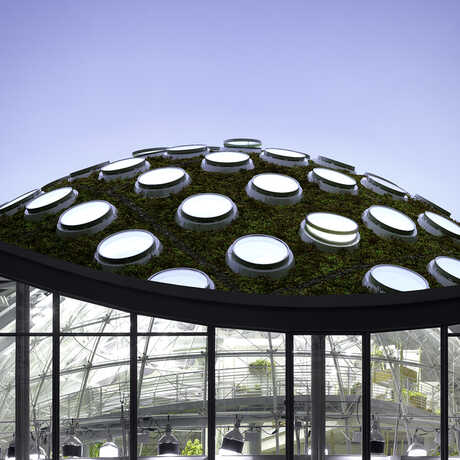
Architecture
Renzo Piano Building Workshop, Genoa, Italy
Stantec Architecture, San Francisco, CA
Project Manager, Owner Rep
DR Young Associates, San Rafael, CA
Engineering and Sustainability
Arup, San Francisco, CA
Teecom Design Group, Oakland, CA
General Contractor
Webcor Builders, San Mateo, CA
Landscape Architecture
SWA Group, Sausalito, CA
Living Roof Consultants
Rana Creek Living Architecture, Carmel Valley, CA
Planetarium Technical Consultant
Visual Acuity, Brighton, England
Share This
Renzo Piano’s idea was to "lift up a piece of the park and put a building underneath." See how his vision came to life atop our 2.5-acre Living Roof.
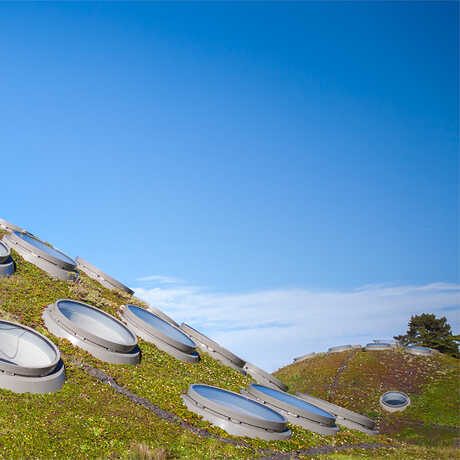
Design and construction of the Academy's new home required nearly a decade's worth of planning and other work—though you wouldn't know it from this 1.5-minute time-lapse!
Three questions with Renzo Piano, Pritzker Architecture Prize winner and designer of the Academy's green building.

